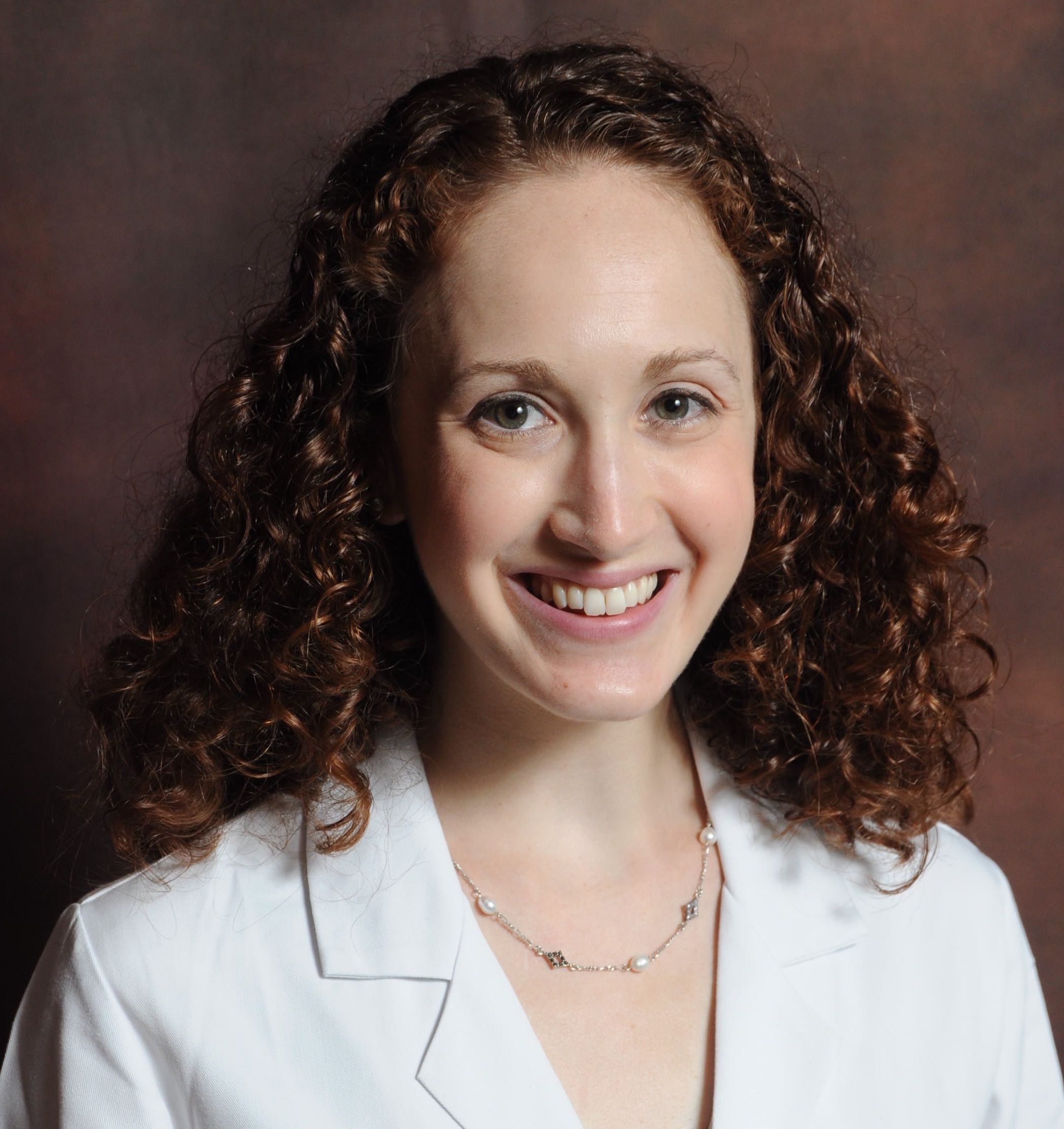Article
High Blood Pressure Complications On the Rise Pregnant Women
Author(s):
An analysis of CDC data presented at AHA Scientific Sessions 2020 suggests rates of high blood pressure complications among pregnant women nearly doubled during a period lasting from 2008-2017.
This article was originally published on PracticalCardiology.com.
Natalie Cameron, MD

Results of a new study suggest the rates of high blood pressure complications among pregnant women in the US has been on the rise in the past decade.
An analysis of more than 45 million live births from Centers for Disease Control and Prevention (CDC) Natality Database, results of the study indicate the rate of high blood pressure complications during pregnancy nearly doubled between 2008 and 2017, with investigators noting increases appeared more severe in rural areas.
“We were surprised to see the dramatic increase in the percentage over the last 10 years of women entering pregnancy with hypertension. It was also shocking to see women as young as 15 to 24 years old with high blood pressure, and the statistics were worse in rural areas, leading us to be concerned these numbers may, in part, be driven by hospital closures and difficulty accessing care,” said the study’s lead author Natalie A. Cameron, MD, a resident in the department of medicine at Northwestern University’s Feinberg School of Medicine in Chicago, in a statement from the American Heart Association (AHA).
Presented at the AHA’s Scientific Sessions 2020, the Northwestern University-led study was designed to provide clinicians with greater information in an effort to tailor prevention and policy strategies for expectant mothers. Using the CDC Natality Database, investigators performed a cross-sectional search with the hope of identifying all live births to women aged 15-44 years from 2008-2017.
In total, investigators identified 47,949,381 live births for inclusion in their analysis. For the purpose of their analysis, investigators calculated rates of pre-pregnancy hypertension per 1000 live births overall and according to the type of community the women lived in—annual percentage change was also calculated in order to compare yearly rates between rural and urban settings.
Upon analysis, rates of pre-pregnancy hypertension increased from 13.7 to 23.7 per 1000 live births among women in rural areas from 2007-2018 and 10.5 to 20.0 per 1000 live births among those in urban areas during the same time period. During their analysis, investigators identified 2 significant inflection points—in 2010 and in 2016. Investigators noted the greatest annual percentage change for both groups occurred in 2016, with increases of 9.6% (5.7, 13.5) per year in rural areas and 9.0% (7.0, 11.2) among those in urban areas during 2016.
Results of the analysis suggested rates were lower among younger women, with rates of 8.6 and 7.2 per 1000 live births among women 15-19 years old in rural and urban areas, respectively. In comparison, compared to rates of 69.4 and 45.9 per 1000 live births among women aged 40-44 years in rural and urban areas, respectively. However, investigators pointed out all age groups experienced similar increases in prevalence from 2007-2018.
“Preventive care must start before pregnancy. This is especially important in rural communities where there is a far greater burden of high blood pressure and much higher risks to the health of mother and baby,” Cameron added. “We also must address the structural and systemic racism that can be barriers to high quality care.”
This study, “Trends and Disparities in Pre-pregnancy Essential Hypertension Among Women in Rural and Urban United States, 2007-2018,” was presented at AHA Scientific Sessions 2020.




